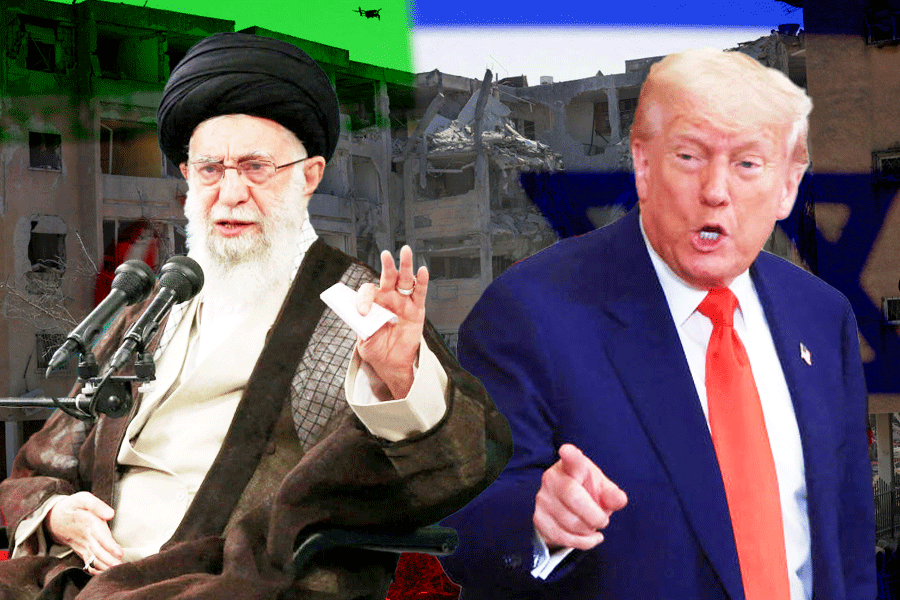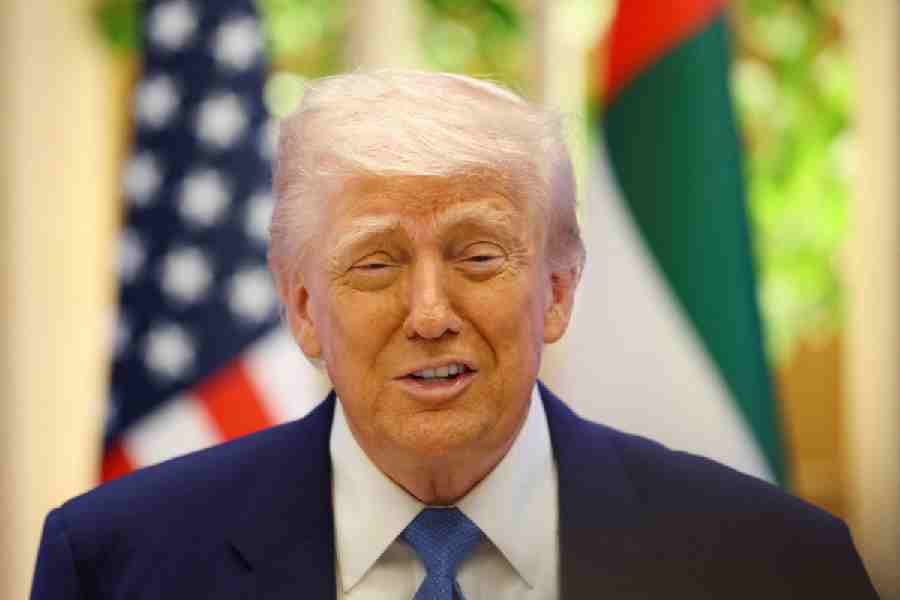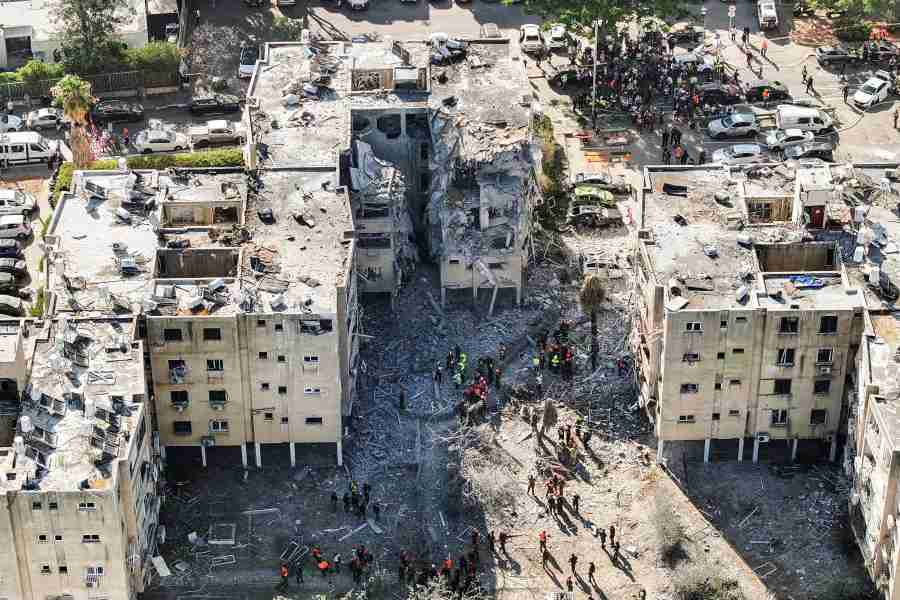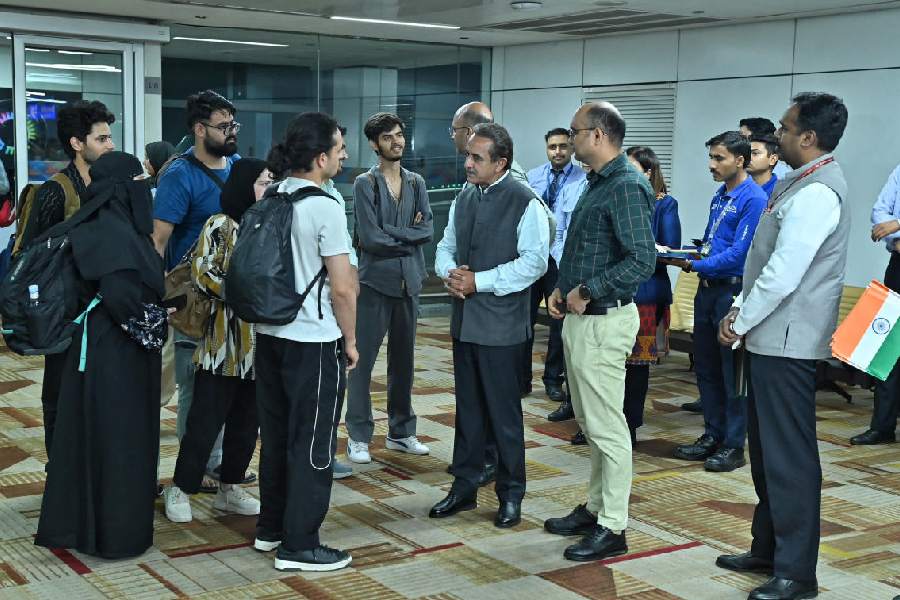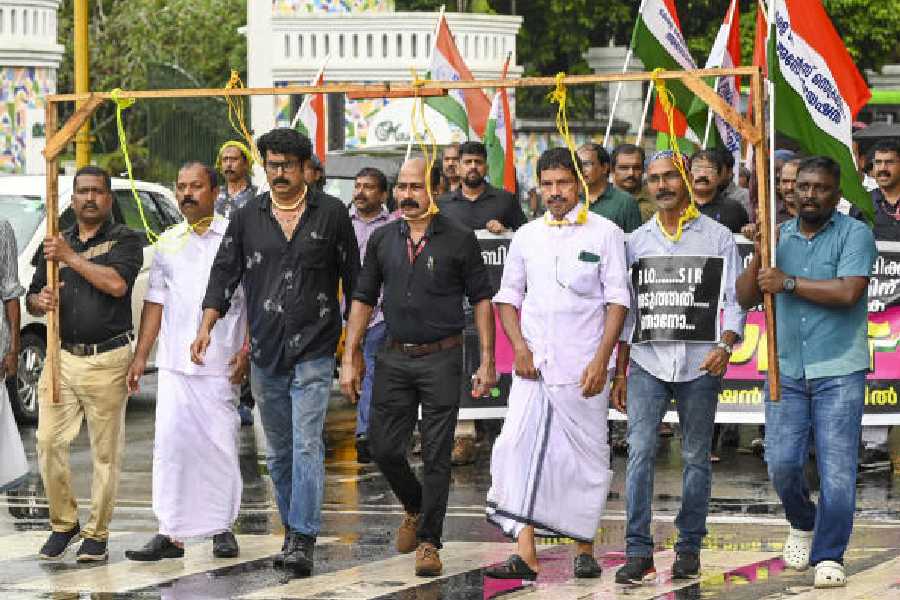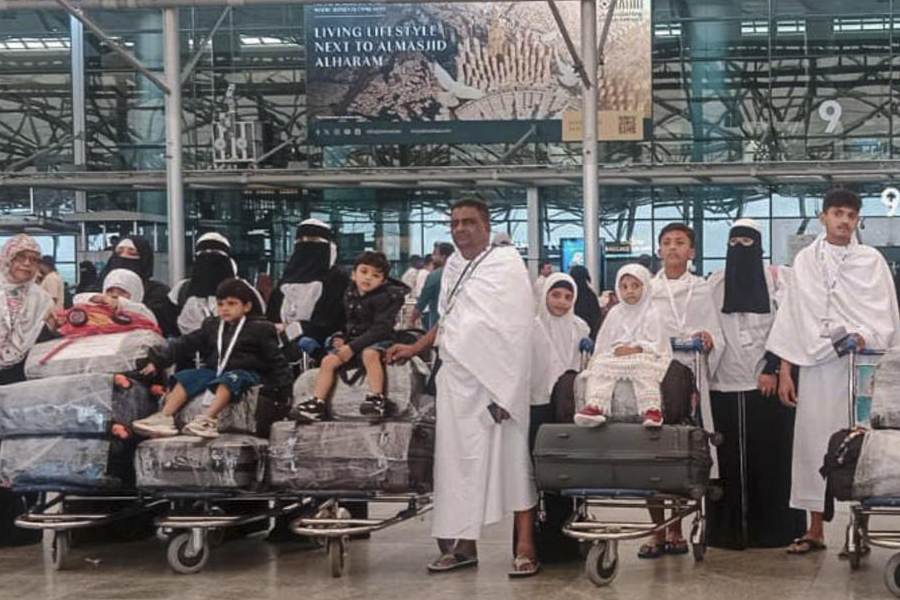Donald Trump, at the time of writing this report, has kept the world guessing on whether America will formally join Israel’s war on Iran even Washington seems to be clearing the decks for an attack, but the last time the US dethroned a government in Tehran it did not end well.
The modern history of Iran’s strained relationship with the West is rooted in a pivotal event: The 1953 US CIA- and British MI6-backed coup that deposed Iran’s democratically elected prime minister Mohammad Mosaddegh and reinstated Shah Mohammad Reza Pahlavi.
What happened in 1953
Iran’s strategic location and its vast oil reserves made it a point of interest for global powers, particularly the United States and the United Kingdom.
During World War II, Britain established a strong presence in Iran to safeguard a vital supply corridor to its then ally, the Soviet Union, and to prevent German access to the region’s oil.
After the war, British influence persisted through control of the Anglo-Iranian Oil Company (now a part of British Petroleum). This arrangement was disrupted in 1951 when Mosaddegh, heading a nationalist and democratically elected government, led Iran’s parliament to nationalise the oil industry.
The move was celebrated as a reclaiming of Iranian resources, but it sent shockwaves through London and Washington.
Britain, determined to protect its economic interests, attempted to remove Mosaddegh through parliamentary manoeuvres with the Shah but failed. Then the attention turned to more covert methods.
Framing Mosaddegh — despite his anti-communist stance — as vulnerable to Soviet influence, British intelligence persuaded the US to intervene, according to Encyclopaedia Britannica.
The CIA in coordination with Britain’s Secret Intelligence Service (better known as MI6), launched a covert operation to overthrow Mosaddegh. The CIA codenamed it TPAJAX and Britain's MI6 called it Operation Boot.
In the lead-up to the coup, the CIA and Mi6 worked to engineer anti-Mosaddegh sentiment. They launched a propaganda campaign, harassed key political and religious figures and fomented public unrest.
CIA documents later declassified in 2013 include a draft internal history of the coup titled "Campaign to install a pro-western government in Iran", which defines the objective of the campaign as "through legal, or quasi-legal, methods to effect the fall of the Mosaddeq government; and to replace it with a pro-western government under the Shah's leadership with Zahedi as its prime minister", as reported by The Guardian.
These efforts culminated in 1953 when pro-Shah demonstrators, aided by the military and funded by US and British sources, clashed in Tehran. Some 300 people died.
The coup was successful. Mosaddegh was arrested — later imprisoned for three years and kept under house arrest until his death – and General Fazlollah Zahedi was installed as the new prime minister.
The CIA provided Zahedi with $5 million in covert funds within two days of taking power.
Aftermath of the 1953 coup
The US and UK regained access to Iranian oil and Iran once again became a reliable Western ally. But Shah’s autocratic rule, supported by the brutal secret police SAVAK, bred deep resentment.
His regime suppressed dissent, curtailed freedoms and pushed a broad coalition of secular and Islamist groups towards rebellion. It reached its climax in 1979, when millions took to the streets in what would become the Islamic Revolution.
The Shah was overthrown and Iran was transformed into an Islamic Republic under Ayatollah Ruhollah Khomeini.
The revolution marked a seismic shift in Iran’s domestic politics and foreign policy, anchoring a decades-long anti-American stance fuelled in part by memories of the 1953 coup.
It wasn’t until 2013 that the CIA confirmed its role in the coup through declassified documents.
The US national security archive at George Washington University published the documents under freedom of information laws.
They described how the US with British help overthrew Mosaddegh.
Years earlier, in 2009, then US President Barack Obama had acknowledged America’s involvement. Britain till date has not formally admitted its role in the 1953 coup.
The coup eventually saw Iran become a theocratic State. And as Trump decides on America’s role in Iran now, he has another, even more recent US history lesson on toppling regimes to remember – how Washington insisted Saddam Hussein’s Iraq had weapons of mass destruction and overthrew him, to see ISIS rise from the ashes of a ravaged country.

